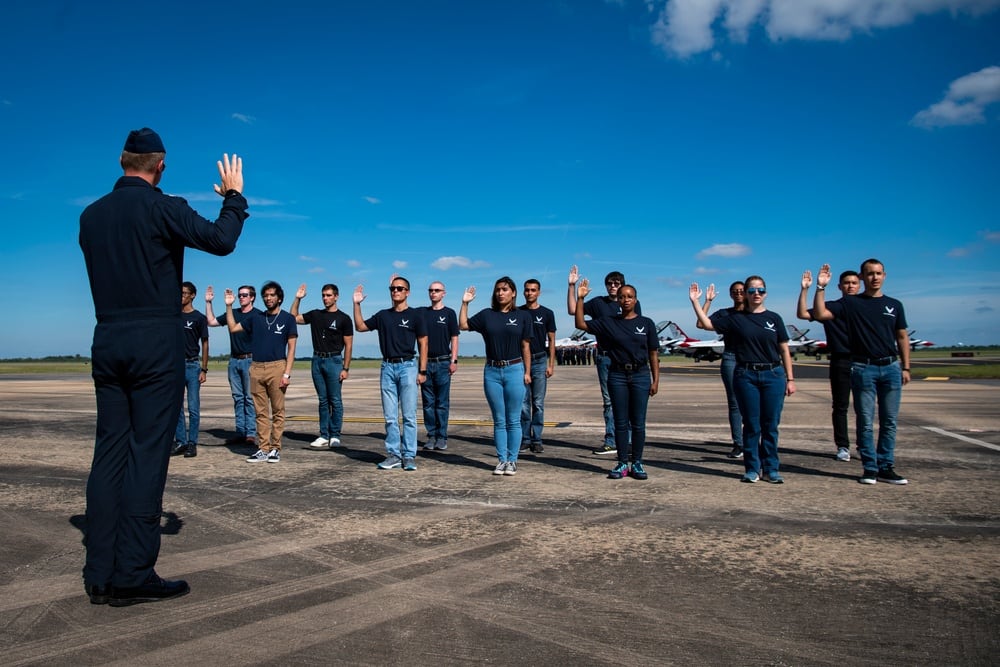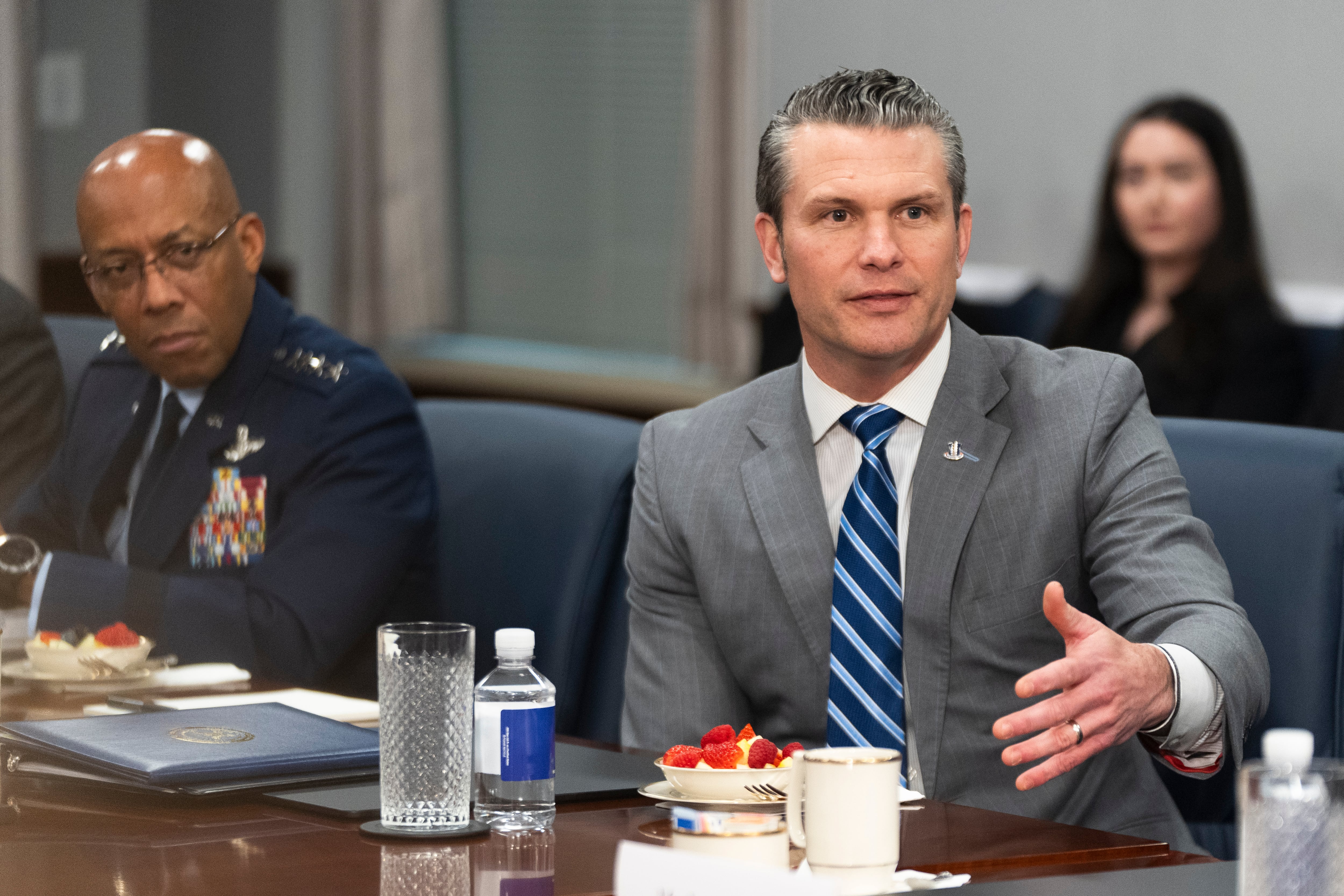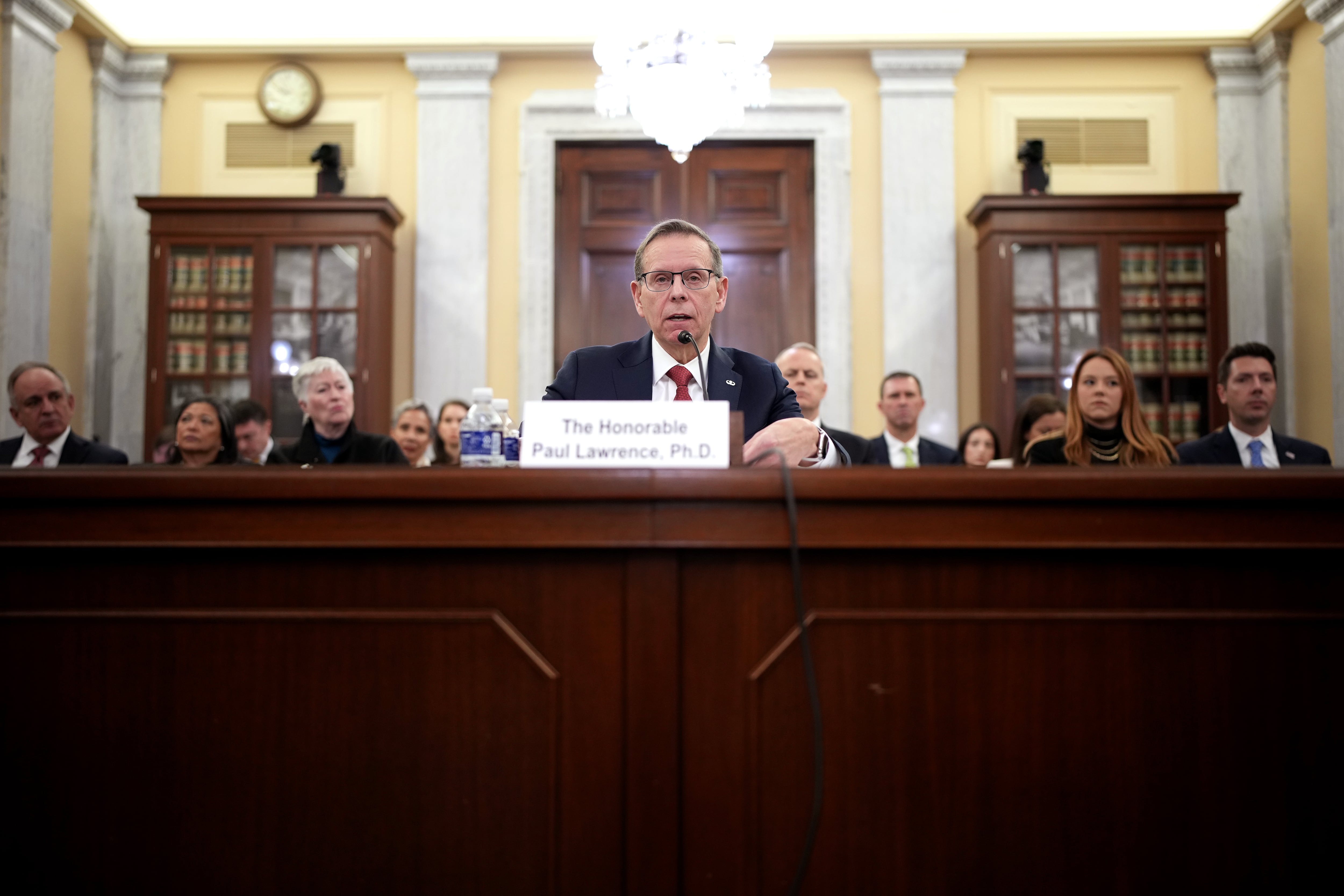Military officials could start offering bigger recruiting and retention bonuses in 2023 under language included in the Senate Armed Services Committee’s draft of the annual defense authorization bill.
Committee officials said the move comes in response to both rising inflation costs and sagging recruitment efforts for the military. Lawmakers did not specify exactly how much money will be allotted to the effort, but said it will be included in the $45 billion in additional military spending outlined in the bill above what the White House requested for fiscal 2023 needs.
The provision does not mandate any changes to recruiting bonuses, retention incentives or specialty pays, but would give military commanders the authority to raise current levels if they deem the moves necessary to maintain force readiness.
Military officials have told Congress they are already maximizing available incentives in an attempt to keep up personnel numbers. They have publicly dubbed 2022 as “the most challenging recruiting year” for the military in decades.
RELATED

Earlier in 2022, in testimony before the committee, leaders from the Navy, Marine Corps and Space Corps said they expected to reach recruiting goals by the end of fiscal 2022 on Oct. 1, but just barely. Army and Air Force officials said they may miss targets by a few hundred recruits.
Under Secretary of Defense for Personnel and Readiness Gil Cisneros Jr. told senators that the post-pandemic labor market — where private companies are competing for a smaller pool of job candidates — has been the biggest challenge for military recruiting and retention.
Army recruits can collect a combination of bonuses totaling $50,000 for enlisting. Navy leaders announced in April that it would offer $25,000 to any new active-duty enlistees as a way to get more individuals into the ranks. The other services have made similar offers.
Senate lawmakers opted against using the extra funding plans to boost the military pay raise higher than the 4.6% requested by the White House, even as some outside advocates have warned that raise may not be enough to counter higher costs for gas, groceries and other family needs.
The extra recruiting money will be paired with additional funding to help with retention incentives, including potential increases in specialty pay and hardship pay.
RELATED

But those funds will not be available until 2023, and only if House and Senate appropriators agree with the Senate committee’s plans.
The House Appropriations Committee is expected to vote on its first draft of the fiscal 2023 defense bill Wednesday, the same day that the House Armed Services Committee will mark up its version of the annual defense authorization bill.
Both of those plans right now call for a smaller defense budget for fiscal year 2023 (although still up 4% from fiscal 2022 spending levels). Senate appropriators have not yet released any drafts of their military spending plans.
The Senate Armed Services Committee’s authorization bill draft is expected to be voted on by the full chamber in coming weeks.
Leo covers Congress, Veterans Affairs and the White House for Military Times. He has covered Washington, D.C. since 2004, focusing on military personnel and veterans policies. His work has earned numerous honors, including a 2009 Polk award, a 2010 National Headliner Award, the IAVA Leadership in Journalism award and the VFW News Media award.





